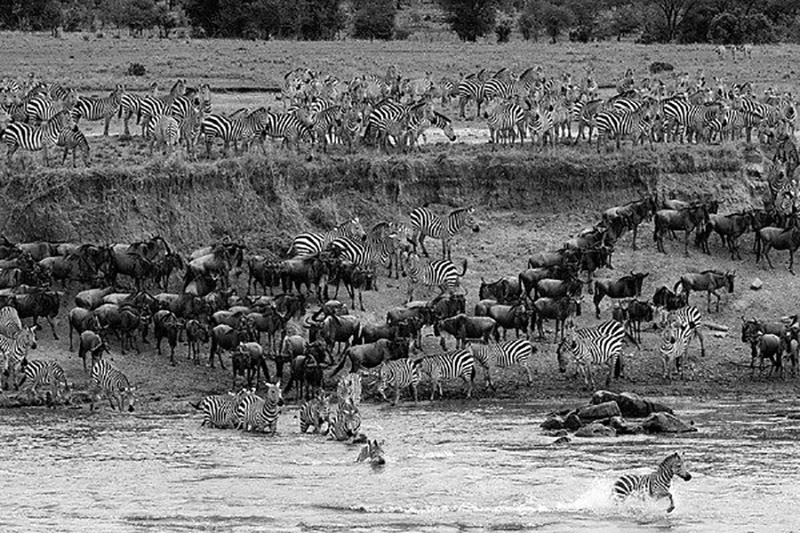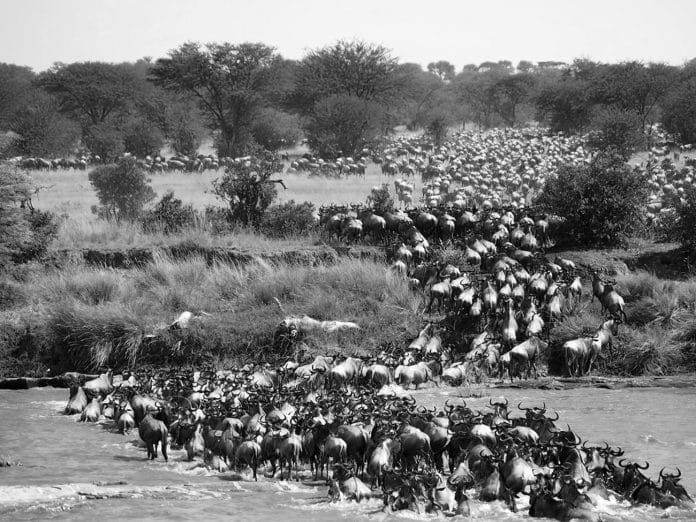The Best Month for Safari in Tanzania to Experience an Unforgettable Vacation
Are you dreaming of embarking on an extraordinary safari adventure in Tanzania? With its stunning landscapes, diverse wildlife, and rich cultural heritage, Tanzania offers an unparalleled safari experience. However, choosing the best time to visit can greatly enhance your safari adventure. In this comprehensive guide, we will explore the best month for safari in Tanzania, ensuring you have an unforgettable journey into the heart of the wild.
Understanding Tanzania’s Seasons
Tanzania experiences two primary seasons: the Dry season and the Wet season. Each season offers unique opportunities for wildlife viewing, weather conditions, and overall safari experiences. Let’s delve into the details of each season to help you make an informed decision for your dream safari and finding the best month for Tanzania safari.
The Dry Season (June to October)
The Dry season, which spans from June to October, is widely regarded as the best months for safari in Tanzania. During this period, the weather is generally dry, with little to no rainfall. These conditions are favorable for wildlife viewing, as animals tend to gather around waterholes and rivers, making them easier to spot.
June and July: Witness the Wildebeest Migration
June and July are particularly special months for witnessing one of nature’s most awe-inspiring spectacles – the Great Wildebeest Migration. This annual event sees millions of wildebeest, zebras, and other herbivores journeying across the Serengeti in search of fresh grazing. As they traverse the plains, river crossings become a thrilling highlight, as the animals brave the treacherous waters filled with hungry crocodiles.
August to September: Witness the Serengeti River Crossings
If you’re keen on witnessing the dramatic river crossings of the wildebeest herds, August to September is the best months to visit Tanzania safari. During this period, the herds gather along the Mara River in the northern Serengeti, preparing to brave the waters in their quest for greener pastures. This natural spectacle is a true testament to the awe-inspiring power of nature.

Advantages of the Dry Season
There are several advantages to planning your Tanzania safari during the Dry season:
- Abundant Wildlife: The Dry season concentrates wildlife around water sources, providing incredible viewing opportunities.
- Clear Skies and Sunny Days: With minimal rainfall, the skies are clear, and most days are filled with sunshine, allowing for stunning photography and breathtaking landscapes.
- Fewer Mosquitoes: The Dry season sees a decrease in mosquito activity due to the lack of rain, ensuring a more comfortable and enjoyable safari experience.
- Comfortable Temperatures: While mornings and nights can be chilly, the daytime temperatures are pleasant and comfortable, making it easier to navigate the parks and enjoy outdoor activities.
The Wet Season (November to May)
The Wet season in Tanzania occurs from November to May and brings with it lush green landscapes and occasional rainfall. While the Wet season may not be as popular as the Dry season, it offers its own unique advantages and opportunities for intrepid safari enthusiasts.
January to February: Witness the Wildebeest Calving
January to February is an exceptional time to visit the southern Serengeti, as it marks the wildebeest calving season. Witnessing the birth of thousands of wildebeest calves is a truly remarkable experience, and it also attracts an array of predators, creating thrilling wildlife encounters.
Advantages of the Wet Season
Although the Wet season may not be the traditional choice for a safari in Tanzania, it offers several advantages:
- Stunning Scenery: The Wet season transforms the landscapes into lush green paradises, providing a picturesque backdrop for your safari adventure.
- Lower Rates and Fewer Crowds: As the Wet season is considered the low season, you can enjoy more affordable rates and fewer crowds in the parks, allowing for a more intimate and exclusive safari experience.
- Migratory Birds: The Wet season attracts a myriad of migratory bird species, making it a haven for birdwatching enthusiasts.
- Wildlife Encounters: While wildlife may be slightly more challenging to spot compared to the Dry season, the northern circuit parks still offer ample opportunities to encounter a wide variety of wildlife.
Tanzania Safari Best Months: Park-Specific Highlights
While the general best months for a Tanzania safari have been discussed, it’s important to consider park-specific highlights to tailor your experience even further. Let’s explore the best months for wildlife viewing in some of Tanzania’s iconic national parks.
| National Park | Best Months | Highlights |
|---|---|---|
| Serengeti | June, July, and January, February | Wildebeest migration, river crossings, wildebeest calving |
| Ngorongoro Crater | Year-round | Year-round wildlife viewing, stunning landscapes |
| Tarangire | June to October | Large elephant herds, diverse birdlife |
| Katavi | June to October | Remote and untouched wilderness, large mammal populations |
| Nyerere | June to October | Boat safaris, walking safaris, diverse wildlife sightings |
| Ruaha | June to October | Lion and leopard sightings, baobab-dotted landscapes |
Planning Your Tanzania Safari
Now that you have a comprehensive understanding of the best months to visit Tanzania for a safari, it’s time to start planning your dream adventure. Here are a few essential tips to ensure a seamless and unforgettable safari experience:
- Choose a Reputable Tour Operator: Selecting a trusted tour operator with expertise in Tanzania safaris is crucial for a well-organized and enjoyable trip. They can provide valuable insights, arrange logistics, and tailor your itinerary to meet your specific preferences.
- Consider Your Interests: Think about your interests and what you hope to experience during your safari. Whether it’s witnessing the Great Wildebeest Migration, birdwatching, or encountering the Big Five, align your itinerary to accommodate your interests.
- Pack Accordingly: Pack essential items such as lightweight and breathable clothing, comfortable walking shoes, a wide-brimmed hat, sunscreen, insect repellent, and a good pair of binoculars. It’s also advisable to bring a camera or smartphone to capture the incredible moments you’ll encounter.
- Stay Hydrated and Eat Well: Safaris can be physically demanding, so it’s important to stay hydrated and nourished. Carry a reusable water bottle and opt for balanced meals to maintain your energy levels throughout the day.
- Respect the Wildlife and Environment: As a responsible traveler, it’s crucial to respect the wildlife and environment during your safari. Follow the instructions of your guide, maintain a safe distance from animals, and adhere to park regulations to ensure the preservation of these incredible ecosystems.
Conclusion
Tanzania’s diverse ecosystems and abundant wildlife make it a captivating destination for safari enthusiasts. By choosing the best months for your Tanzania safari, you can maximize your wildlife encounters, witness extraordinary natural phenomena, and create lifelong memories. Whether you opt for the Dry season’s optimal wildlife viewing or the Wet season’s stunning landscapes, Tanzania promises an unforgettable adventure into the heart of the wild. Start planning your dream safari today and embark on an extraordinary journey that will leave you in awe of nature’s wonders.
Book your Tanzania safari now and experience the magic of the African wilderness!
“The only man I envy is the man who has not yet been to Africa – for he has so much to look forward to.” – Richard Mullin
For more articles related to Tourism in Tanzania, click here!

































